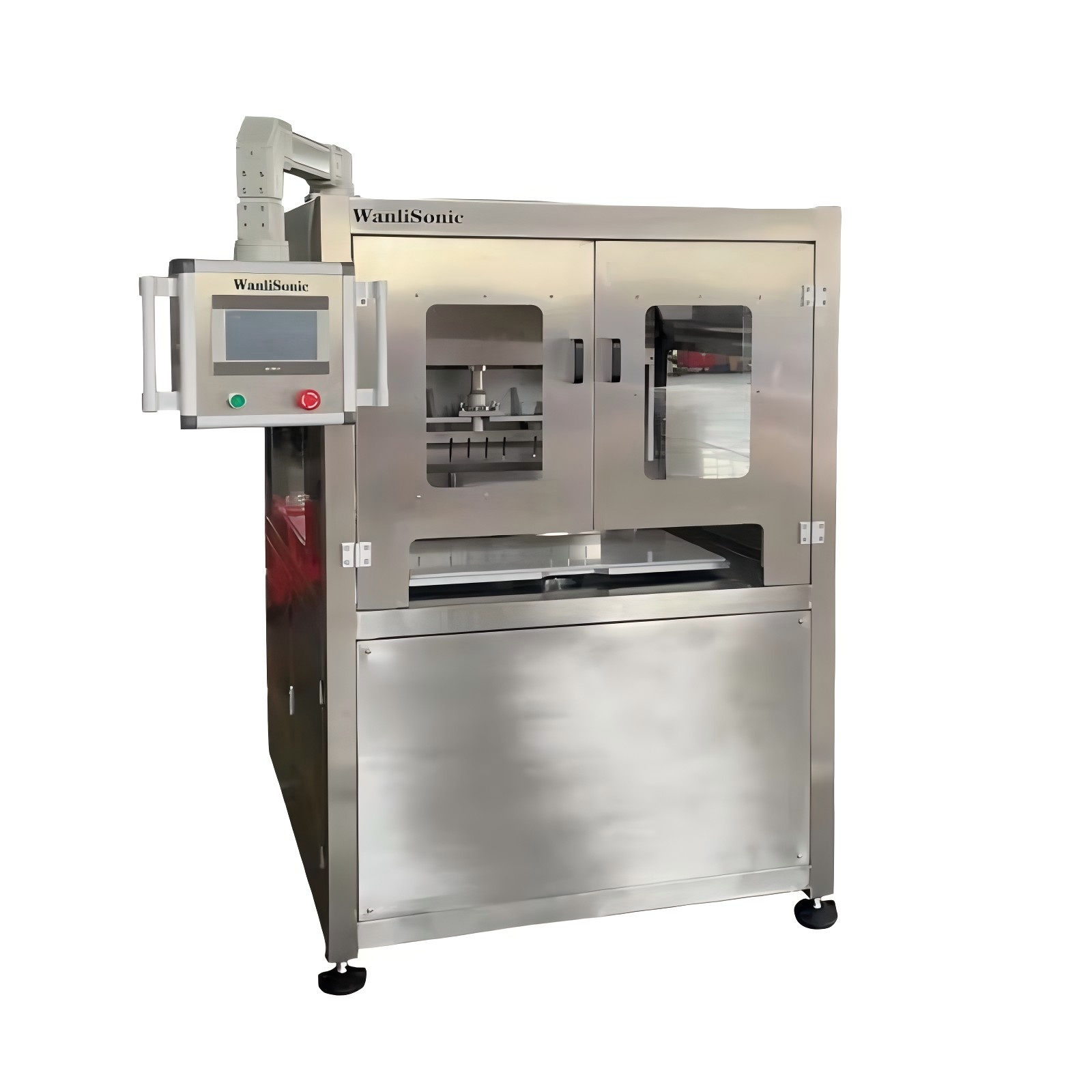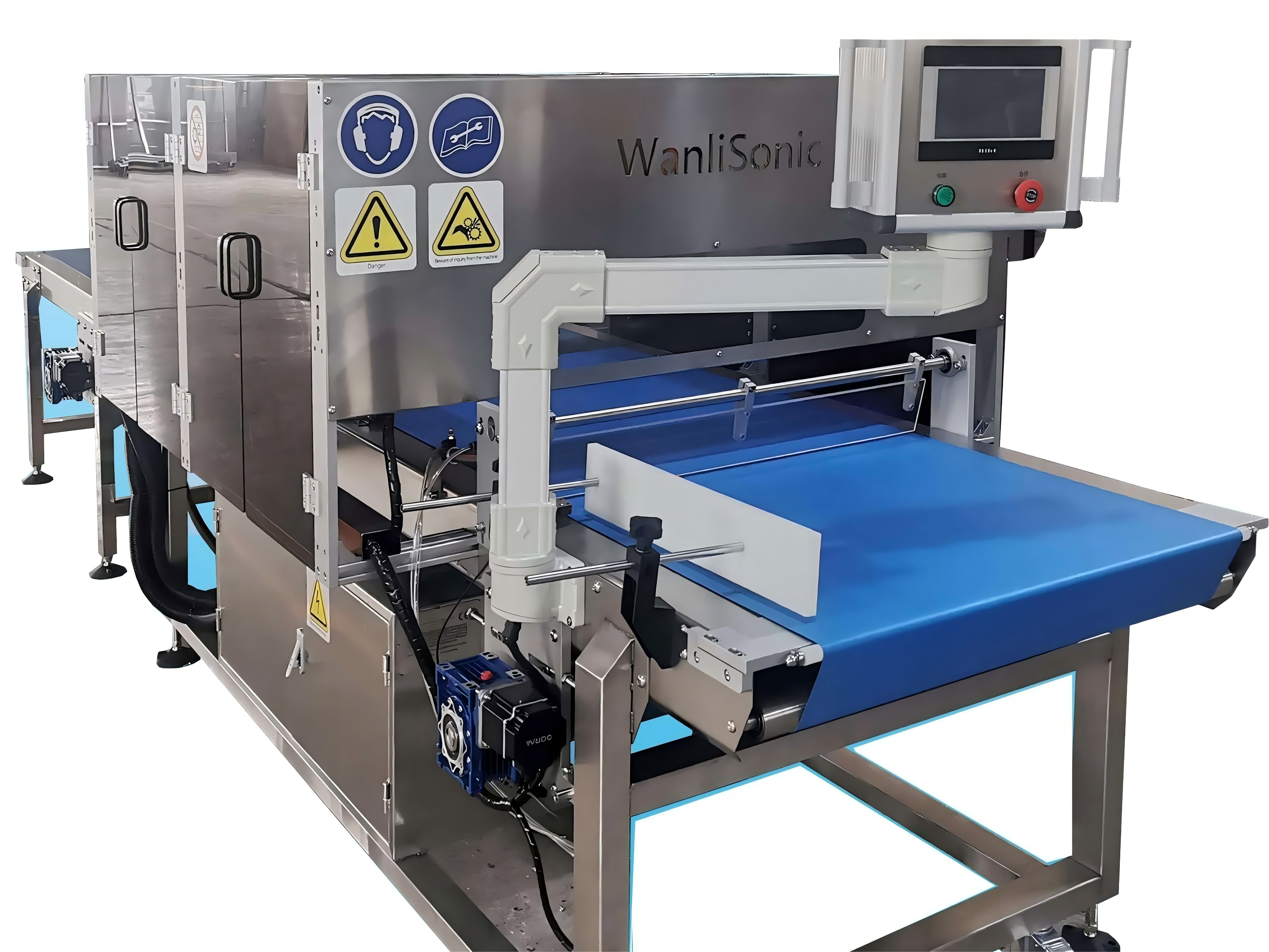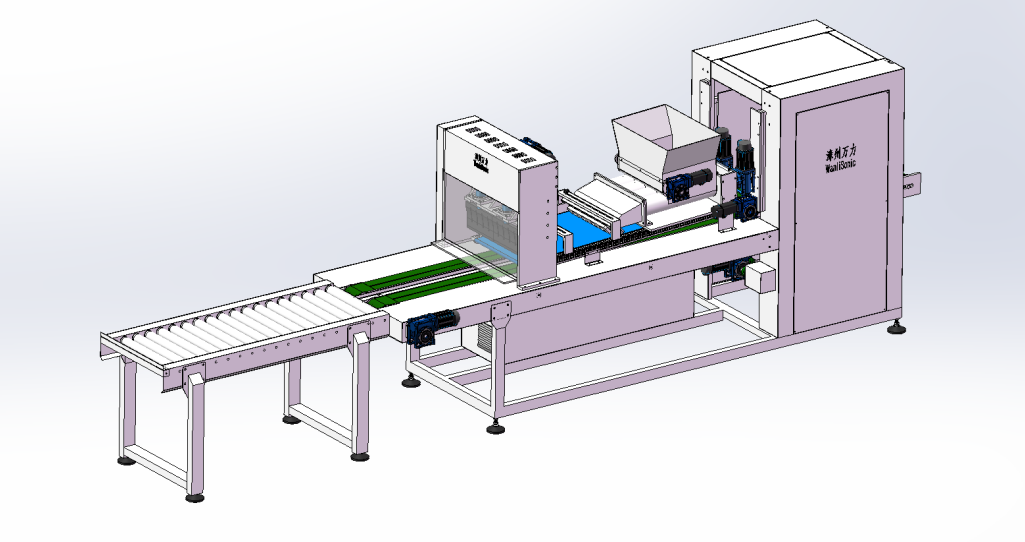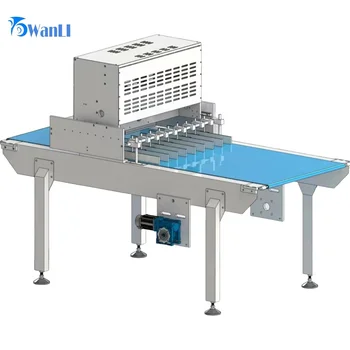Ultrasonic Cookie Cutting Machine
Introduction
The baking industry has long relied on skilled hands to craft beautiful, delicious creations, but as demand has increased, so has the need for more efficient and precise technology. One innovation making waves is the ultrasonic cookie cutting machine. This cutting-edge technology is transforming how cookies are cut by using high-frequency vibrations, offering incredible precision and speed in production. Whether you’re a large-scale bakery or a boutique operation, this machine is an invaluable tool in delivering consistent, high-quality products.
How Does an Ultrasonic Cookie Cutting Machine Work?
The Science Behind Ultrasonic Technology
Ultrasonic technology operates on the principle of high-frequency sound waves. These waves cause rapid vibrations in the cutting blade, allowing it to slice through various materials with minimal resistance. In cookie cutting, this means the blade moves so quickly and smoothly that it can cut through dough without deforming the shape or texture.
Basic Operation of the Machine
The Ultrasonic Cookie Cutting Machine is equipped with a blade that vibrates at ultrasonic frequencies—typically around 20,000 to 40,000 vibrations per second. This vibration creates frictionless cuts that prevent sticking, making it ideal for cutting even sticky or delicate doughs.
Blade Vibration and Frequency
The blade’s vibrations allow it to move through the dough effortlessly. The high frequency ensures the dough is cut cleanly, preventing smudging or distortion of intricate cookie designs.
The Role of Control Systems
Modern ultrasonic cutting machines come with advanced control systems that let the operator adjust the speed, vibration intensity, and blade angle, offering precise control for different types of dough and cutting requirements.
Advantages of Using Ultrasonic Cookie Cutting Machines
Precision in Cutting
One of the standout features of ultrasonic cutting is its ability to create exact cuts every time. Whether you’re working with soft dough or something more challenging, the machine ensures every cookie is perfectly uniform.
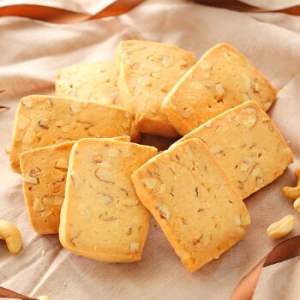
Reduced Waste
Because of its precision, the ultrasonic cutter significantly reduces waste. Traditional cutting methods often result in dough wastage due to uneven cuts or deformities, but ultrasonic cutting minimizes these issues, helping to keep production costs low.
Consistent Shape and Size
Every cookie that passes through an ultrasonic cutter is identical in shape and size, ensuring consistency in every batch. This is crucial for bakeries aiming to maintain brand quality.
Speed and Efficiency
The ultrasonic machine not only delivers precision but does so at impressive speeds. It’s built to handle large volumes, cutting more cookies in less time than traditional methods.
Faster Production Times
With speeds that outmatch manual or mechanical cutters, ultrasonic technology significantly boosts production. This means bakeries can meet higher demand without sacrificing quality.
Lower Labor Costs
Since the machine handles much of the heavy lifting, bakeries can cut back on labor costs. What once required a team of workers can now be managed with minimal oversight, freeing up staff for other tasks.
Ultrasonic Cookie Cutting vs. Traditional Methods
Differences in Precision
Traditional cutters rely on manual pressure or mechanical force, which can result in inconsistent shapes and sizes. Ultrasonic cutting eliminates this inconsistency by using high-frequency vibrations for precision.

Hygiene and Maintenance Comparison
Ultrasonic cutters are easier to clean and maintain than traditional cutting machines. The frictionless cutting process reduces the risk of dough buildup, meaning fewer cleaning cycles and lower maintenance costs.
Quality of Cookies Produced
The gentle cutting process preserves the integrity of the dough, leading to cookies with a superior texture and appearance. This method is particularly useful for fragile or sticky doughs that would otherwise deform under traditional cutting pressures.
Applications of Ultrasonic Cookie Cutting Machines
Variety of Baked Goods
While cookies are the focus, ultrasonic cutters are versatile enough to handle a range of other baked goods, including cakes, pastries, and more. The precision of the cut makes it ideal for delicate creations that require a careful touch.
Custom Shapes and Designs
Bakeries looking to offer unique or customized products will find ultrasonic cutters invaluable. These machines can cut intricate shapes and designs with ease, providing a level of customization that was once difficult to achieve.

Flexibility for Different Cookie Textures
Whether you’re working with soft, gooey doughs or hard, brittle ones, ultrasonic machines can adjust to the texture, delivering perfect cuts every time.
Innovations in Ultrasonic Cutting Technology
Recent Advancements
Recent innovations in ultrasonic technology include smarter control systems, more efficient blades, and machines that are even more energy-efficient. These advancements continue to push the boundaries of what’s possible in bakery automation.
Future Trends
Looking forward, we can expect more integrated systems that combine ultrasonic cutting with other automated processes, reducing human intervention and improving overall production efficiency.
Environmental Impact of Ultrasonic Cookie Cutting Machines
Energy Efficiency
Ultrasonic machines are designed to be energy-efficient, using less power than older mechanical systems. This makes them not only cost-effective but also environmentally friendly.
Reduction in Food Waste
By minimizing dough wastage through precision cutting, ultrasonic technology helps reduce the amount of food waste in production, contributing to a more sustainable bakery operation.
Common Challenges and Solutions
Troubleshooting Machine Issues
Like any technology, ultrasonic cutters can experience issues. Common problems include blade dullness or calibration issues, but these are typically easy to troubleshoot with proper training and maintenance.
Maintenance Best Practices
Regular maintenance, such as cleaning the blades and ensuring the machine’s calibration is accurate, will extend the life of your equipment and maintain its efficiency.
The Future of Baking with Ultrasonic Technology
Expected Advancements
The future of ultrasonic cutting looks bright, with continued advancements in automation, speed, and precision. These machines will likely become even more adaptable, handling a wider range of products and textures.
Industry Projections
As the demand for automation grows, more bakeries will adopt ultrasonic technology, driving innovation and making it a standard in the industry.
Conclusion
Ultrasonic cookie cutting machines represent a significant leap forward in bakery technology. Offering precision, speed, and efficiency, these machines are essential for modern bakeries looking to keep up with demand without compromising on quality. Whether you’re a large commercial bakery or a small artisan operation, investing in ultrasonic technology can elevate your production to the next level.
FAQs
How does ultrasonic cutting benefit small bakeries?
Ultrasonic cutting machines can save time and reduce waste, making them cost-effective even for small operations. They also allow for precision in smaller batches, which is ideal for boutique bakeries.
Can the machine cut cookies of any shape and size?
Yes, ultrasonic machines are highly customizable and can cut cookies into almost any shape or size, depending on the design of the blades.
How often does an ultrasonic cutting machine require maintenance?
Regular maintenance is recommended, typically every few months, depending on usage. This includes cleaning the blades and ensuring all parts are properly calibrated.
Is ultrasonic cutting safe for food production?
Yes, ultrasonic cutting is safe for food production. The process is hygienic and reduces the risk of contamination, thanks to the machine’s easy-to-clean design.
What are the costs associated with ultrasonic cutting machines?
The costs can vary, with initial investments being higher than traditional cutters. However, the long-term savings in labor, time, and waste reduction can make it a more cost-effective option.

